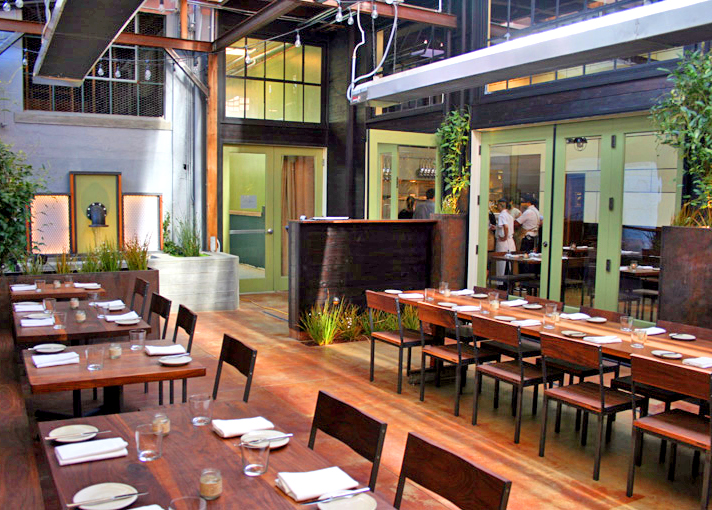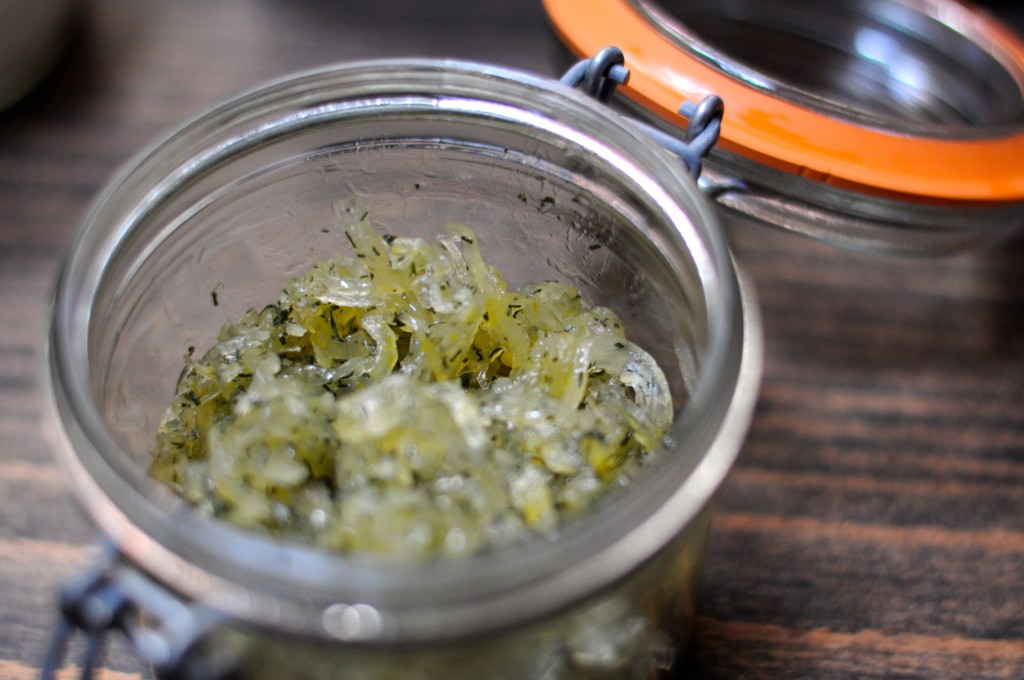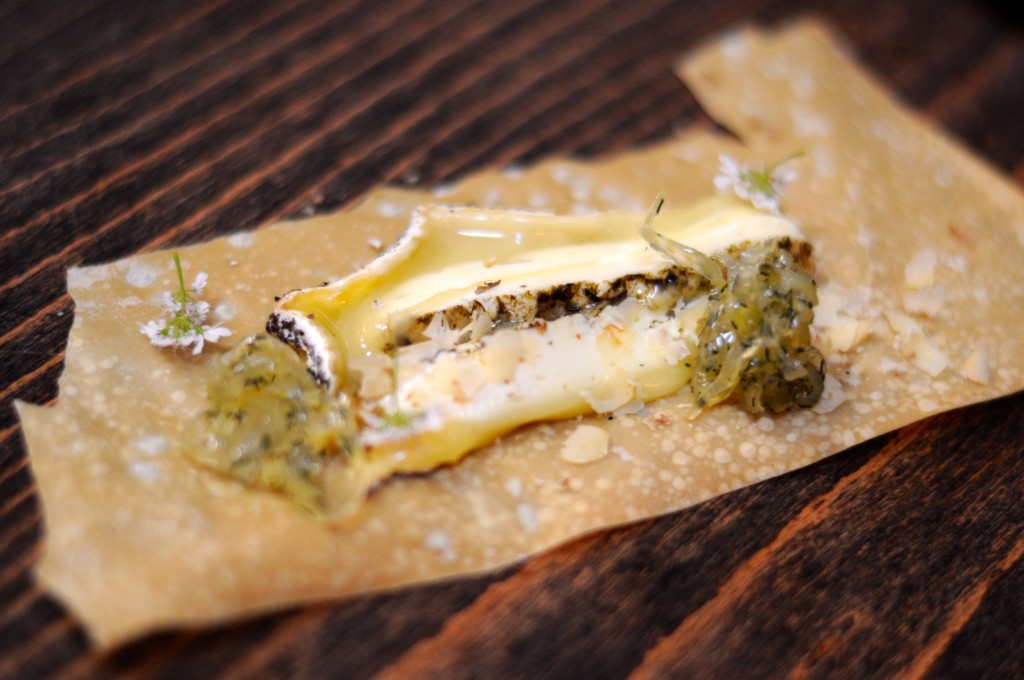Whole ingredient cooking: fennel jam with fennel fronds




At San Francisco’s Central Kitchen, compost is the enemy.
Headed by Chef Ryan Pollnow (now at Aatxe), the restaurant’s niche can be described as much like any other purveyor of fancy-casual California cuisine, with a genuine focus on all things local and sustainable. However, says Pollnow, “the most important thing we do in the kitchen has nothing to do with what goes on the table — it’s about where we source the ingredients and what what we do with them.”
A Northern California native, Pollnow says he has a “bit of hippy” in him, which drives him to pickle, preserve, ferment and otherwise find a way to use everything and anything deemed unusable. “We basically preserve things that we typically don’t’ get a lot of access to,” he says.
“Our goal is full utilization,” Pollnow says.
As such, the restaurant has combined centuries of history on preservation, pickling and curing with some modern techniques to make use of any extra produce or meat that comes through its doors or is nearing end of season, starting with a whole animal butchery program and ending with its own supply of tomato paste and salt-preserved sardines.
As part of the whole animal butchery program, pig heads gets used for guanciale, skins get turned into crispy chicharones and any extras go into terrines and pates.
Following the fermentation trend, Central Kitchen also makes its own pickles, kraut and kimchee. The restaurant even experimented with fermenting melon pulp and seeds — things that are typically discarded — resulting in a salty, funky, complex melon juice that’s used to garnish a halibut dish served with coconut milk and avocado.
Other fruits or vegetables that are either unusable or going out of season also get turned into food items to be used as ingredients in other dishes served throughout the year, such as a pepper from Mariquita Farms deemed too spicy. “It was so spicy that we couldn’t use it sautéed in a dish,” Pollnow says. “But because we bought so many and we didn’t have an outlet for them — and we definitely didn’t want to let them go to waste — we did a 3 percent salt brine solution withs some coriander seeds, green tomatoes and fermented it.”
The restaurant started on this trend before even opening its doors. One side dish — a sweet fennel jam — was created after Central Kitchen already ordered its produce to start service. After opening got pushed back several weeks, Pollnow was left with two huge cases of fennel. Instead of throwing them out, he decided to make a jam that would later be served with Central Kitchen’s cheese plate. Now it’s still one of the only items that constantly appears on the menu.
To practice preservation and get a little taste of Central Kitchen at home, here’s the recipe.